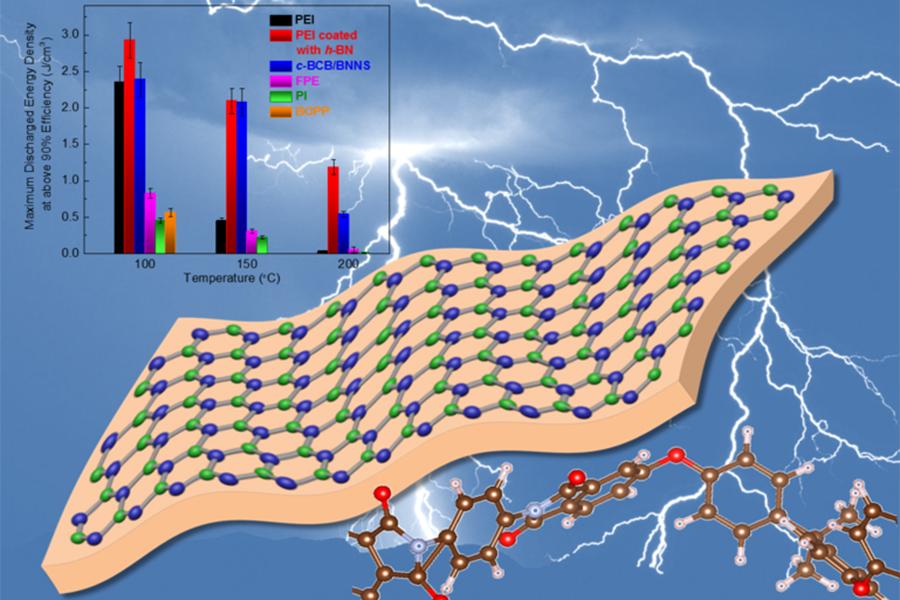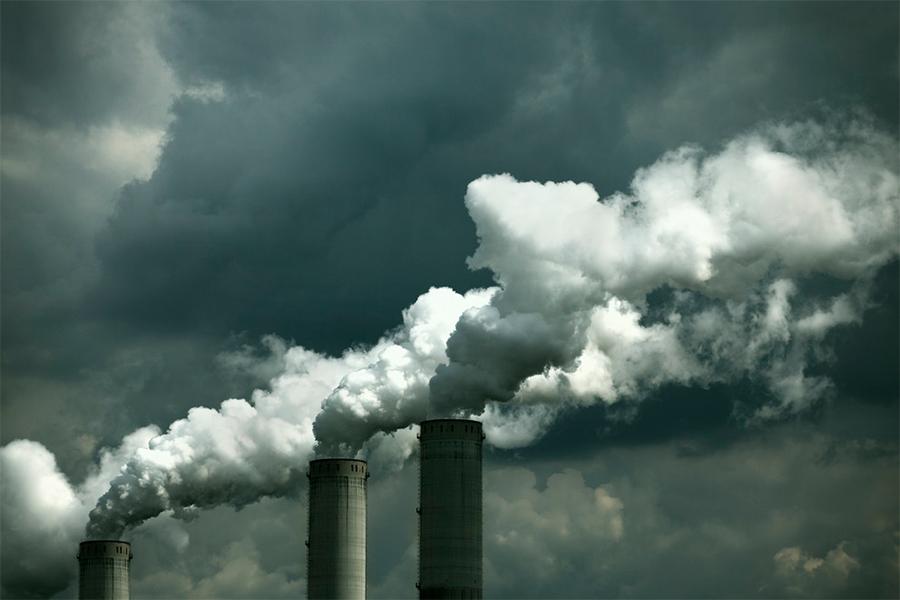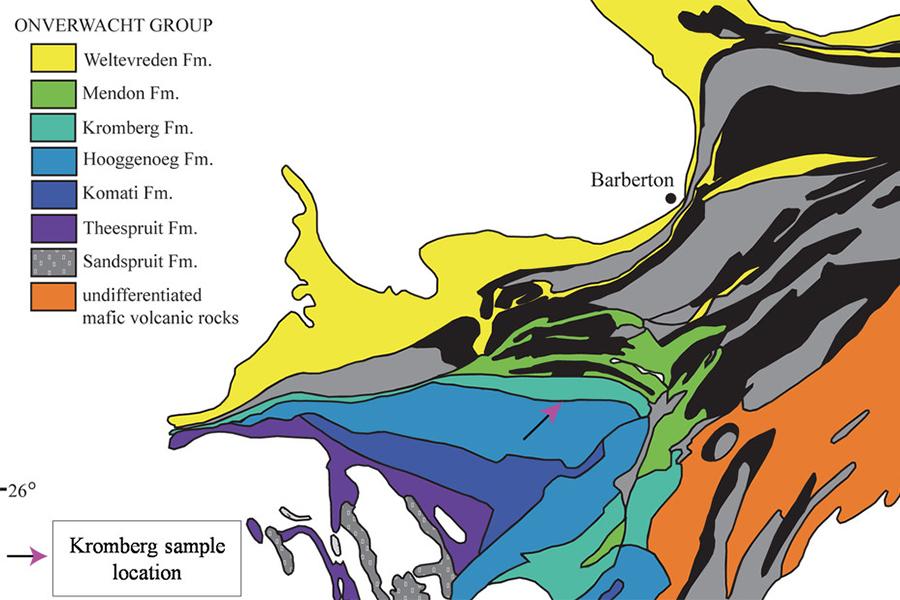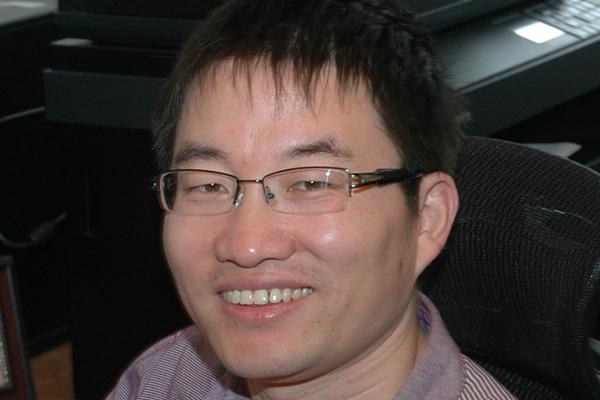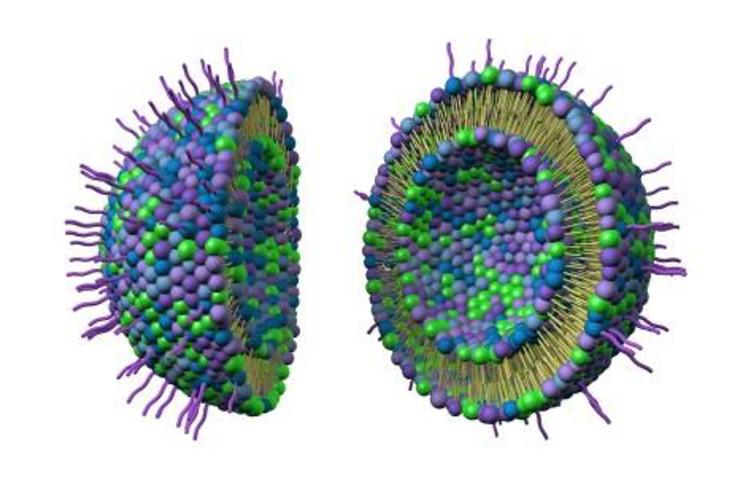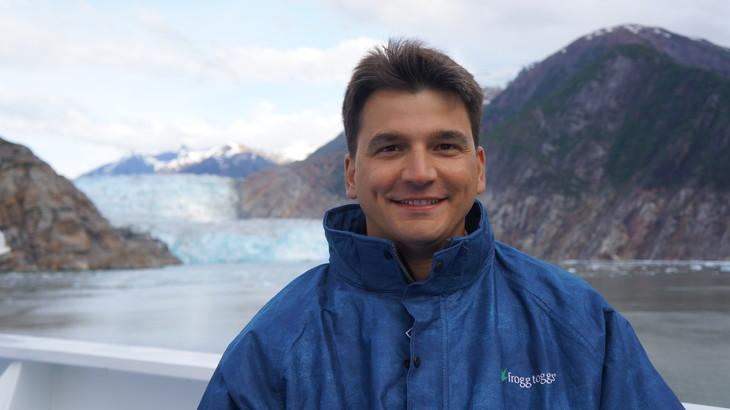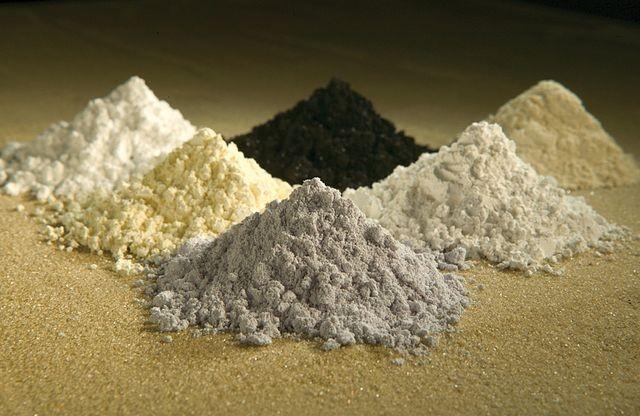Read the latest news about research conducted by investigators in the College of Earth and Mineral Sciences. Our faculty and students are continually advancing technology, creating solutions and expanding knowledge with new and innovative research.
News
A new, lightweight composite material for energy storage in flexible electronics, electric vehicles and aerospace applications has been experimentally shown to store energy at operating temperatures well above current commercial polymers, according to a team of Penn State scientists. This polymer-based, ultrathin material can be produced using techniques already used in industry.
While most climate scientists, including the Intergovernmental Panel on Climate Change, implicitly define "pre-industrial" to be in the late 1800's, a true non-industrially influenced baseline is probably further in the past, according to an international team of researchers who are concerned because it affects the available carbon budget for meeting the 2 degrees Celsius (3.6 degrees Fahrenheit) warming limit agreed to in the Paris Conference of 2015.
During the civil rights movement, activist groups such as the Student Nonviolent Coordinating Committee (SNCC) used geography and geospatial intelligence to identify protest sites and to plan civil rights protests. A new $373,000 National Science Foundation grant is letting researchers dig into those geospatial tactics to see what can be learned about patterns of racial inequality and how the SNCC collected and leveraged geospatial intelligence data to bolster its activist efforts.
Large, robust, lens-shaped microfossils from the approximately 3.4 billion-year-old Kromberg Formation of the Kaapvaal craton in eastern South Africa are not only among the oldest elaborate microorganisms known, but are also related to other intricate microfossils of the same age found in the Pilbara Craton of Australia, according to an international team of scientists.
Shimin Liu, Joseph Kreutzberger Early Career Professor and assistant professor of energy and mineral engineering in the College of Earth and Mineral Sciences at Penn State, has been selected to receive one of the 2017 Freeport-McMoRan Career Development Grants from the Society for Mining, Metallurgy and Exploration.
The Human Health and the Environment seed grants for 2017 have been awarded to a pool of interdisciplinary researchers at Penn State. These seed grants were funded by eight separate Penn State research entities and institutes, which collectively contributed more than $500,000. “We had an exceptional pool of proposals from faculty across the university,” Tom Richard, director of the Institutes of Energy and the Environment, said. “The projects address emerging contaminants well as legacy environmental problems that seriously impact human health.”
Squid-inspired proteins can act as programmable assemblers of 2D materials, like graphene oxide, to form hybrid materials with minute spacing between layers suitable for high-efficiency devices including flexible electronics, energy storage systems and mechanical actuators, according to an interdisciplinary team of Penn State researchers.
An investigational compound developed by Penn State researchers that targets and destroys cancer cells while leaving healthy cells unharmed has been approved for phase one clinical human trials by the U.S. Food and Drug Administration (FDA).
Penn State DuBois Associate Professor of Mathematics and Geosciences Byron Parizek has been honored with the University College Faculty Scholar Award. In its inaugural year, the award will be given annually to a full-time or part-time faculty member in Penn State's 14-campus University College system who has demonstrated excellence in research, scholarship and/or creative accomplishments. It is also in recognition of significant and sustained contribution of research, scholarship and creative accomplishments accumulated during their employment at Penn State, as well as with undergraduate students, and to those who have had a significant impact on their academic field of study.
In 2016, a team of Penn State and U.S. Department of Energy researchers discovered a cost-effective and environmentally friendly way to extract rare earth elements (REEs) from coal and coal byproducts. Now, through a $1 million grant from DOE's Office of Fossil Energy, this research may be headed one-step closer to commercialization.



